
Iceberg Calving of Antarctica Travel Attractions & Facts
The largest iceberg ever recorded was Iceberg B-15, which was recorded in the year 2000 after breaking off the Ross Ice Shelf in Antarctica. It measured approximately 295 km long, 37 km wide, and had a surface area of 11,007 km2. Iceberg B-15 eventually disintegrated into smaller pieces and drifted across the Antarctic Ocean.
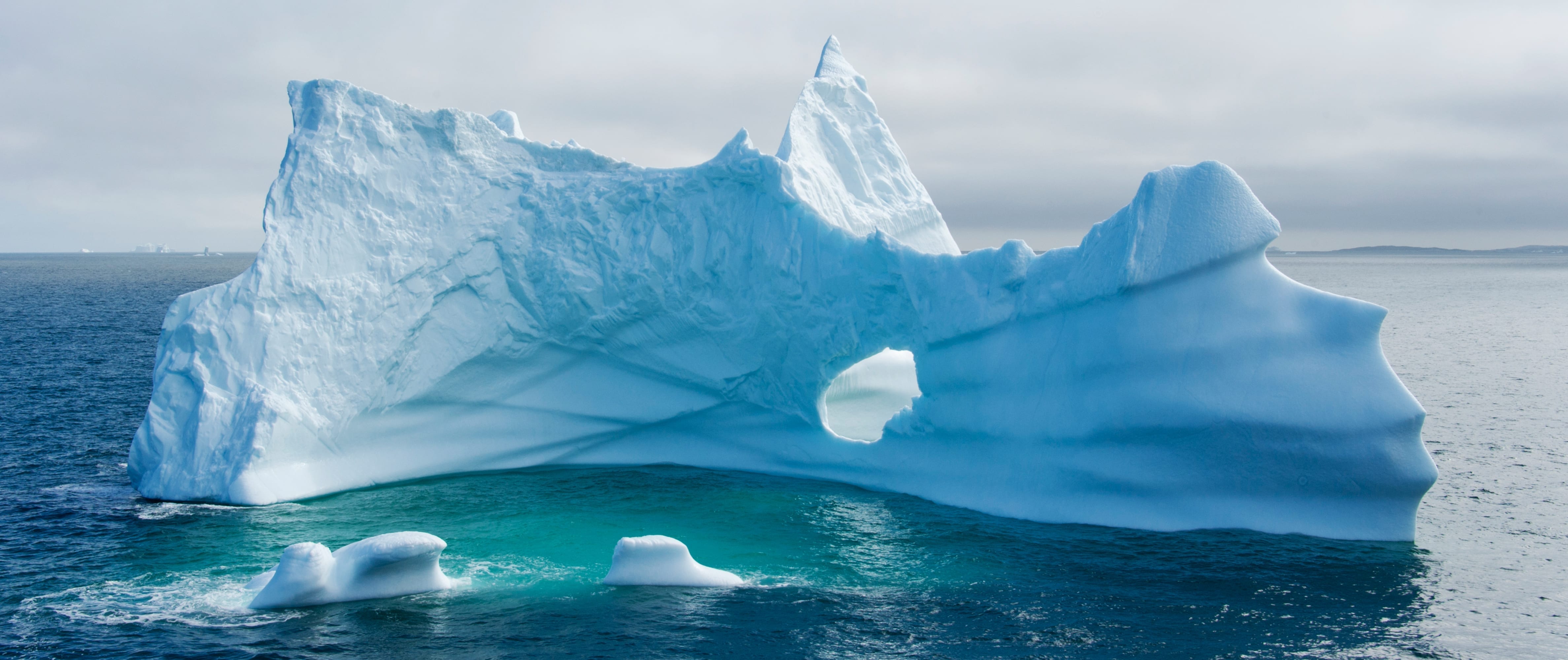
7 fantastic facts about Greenlands icebergs Greenland Travel EN
Picture by Mark Vogler The underrated importance of icebergs and glaciers Another reason glaciers and icebergs are vital to the rest of the planet is because glaciers continually grow and release icebergs into the Arctic and Antarctic seas.

24 of the world's most incredible natural phenomena Antarctica, Glaciers melting, Nature
7 min read Icebergs are large pieces of freshwater ice broken off from a glacier or ice shelf that floats freely in open water. Table of Contents What is an Iceberg? An iceberg is a large chunk of ice that floats freely in open water. It's a floating mass that calves from a glacier or an ice sheet.

Iceberg Arch Image National Geographic Your Shot Photo of the Day
Vocabulary Icebergs are large chunks of ice that break off from glaciers. This process is called calving. Icebergs float in the ocean, but are made of frozen freshwater, not saltwater. Most icebergs in the Northern Hemisphere break off from glaciers in Greenland, an autonomous territory of Denmark.

Ferryland Famous Iceberg Day 2 Ray Mackey ARTfunnels
Dome icebergs are smaller than tabular icebergs and have a rounded shape. They're formed by melting or calving and usually occur in areas where the ice is thinner. One of the most famous dome icebergs was the one that sank the Titanic. It was estimated to be over 100 feet tall and broke off from a glacier in Greenland.

Iceberg Alley in Newfoundland is Canada's world famous spot to view icebergs
An iceberg in the Arctic Ocean Icebergs in Greenland as filmed by NASA in 2015. An iceberg is a piece of freshwater ice more than 15 m long that has broken off a glacier or an ice shelf and is floating freely in open (salt) water. Smaller chunks of floating glacially-derived ice are called "growlers" or "bergy bits". Much of an iceberg is below the water's surface, which led to the expression.

Famous Icebergs of Newfoundland & Labrador Newfoundland and Labrador, Canada
Petermann Glacier Ice Island Maximum Surface Area: 251 square kilometers Maximum Length: 70 km Year Discovered: 2006 Status: Disintegrated Source: wikimedia.org The Petermann Glacier is located in Northwest Greenland just east of the Nares Strait, and connects the Greenland ice sheet with the Arctic Ocean.

History Behind Alaska’s Glaciers Holland America Line
There are two types of ice in Greenland's waters - freshwater icebergs that calve from glaciers into the sea and saltwater pack ice that forms at sea. Ilulissat Icefjord, a UNESCO World Heritage Site, has the largest concentration of icebergs in Greenland. The portion of an iceberg visible above water is only about 10% of the total iceberg.
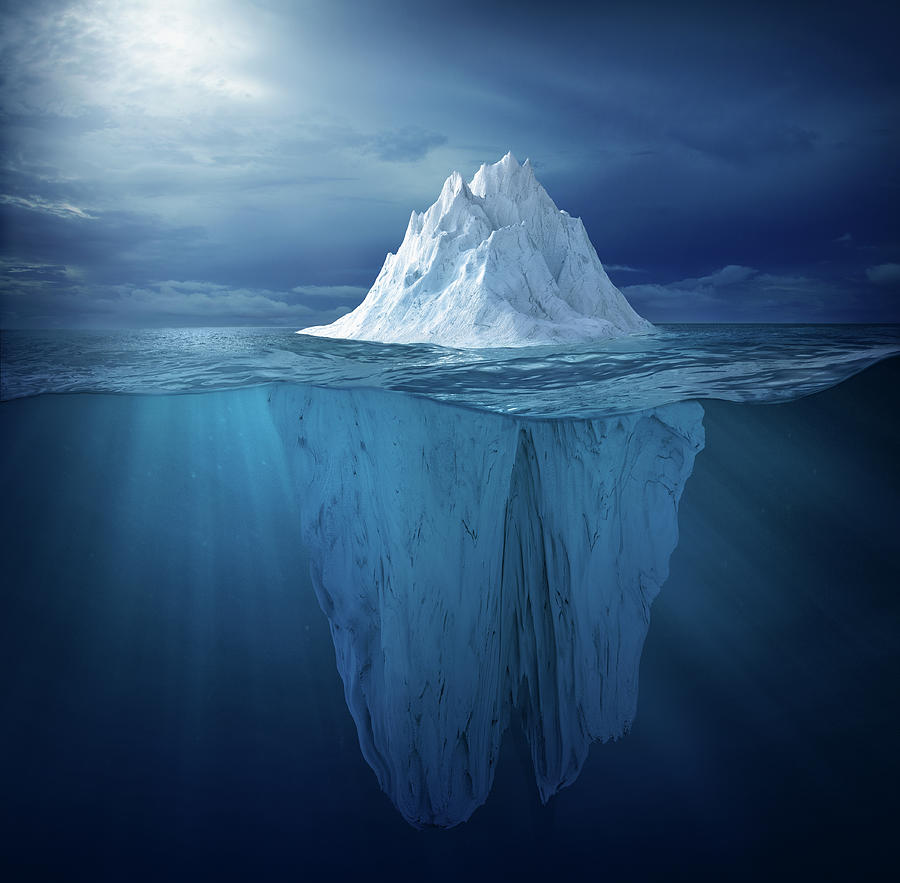
Glacier Viewed From Above And Below by Chris Clor
Icebergs of the Antarctic calve from floating ice shelves and are a magnificent sight, forming huge, flat "tabular" structures. A typical newly calved iceberg of this type has a diameter that ranges from several kilometres to tens of kilometres, a thickness of 200-400 metres (660-1,320 feet), and a freeboard, or the height of the "berg" above the waterline, of 30-50 metres (100.
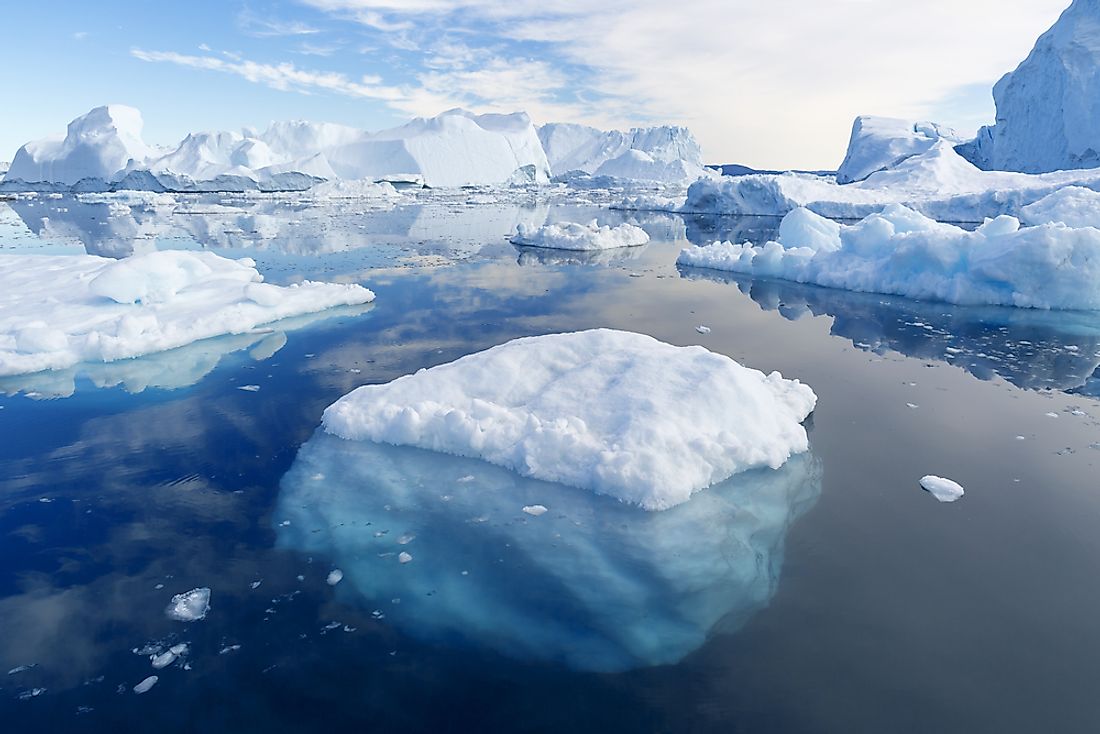
Where Are Icebergs Most Commonly Found? WorldAtlas
This is a list of icebergs by total area . In 1956, an iceberg in the Antarctic was reported to be an estimated 333 kilometres (207 mi) long and 100 kilometres (62 mi) wide. Recorded before the era of satellite photography, the 1956 iceberg's estimated dimensions are less reliable. [1] The split of the A38-B iceberg is recorded in this series.
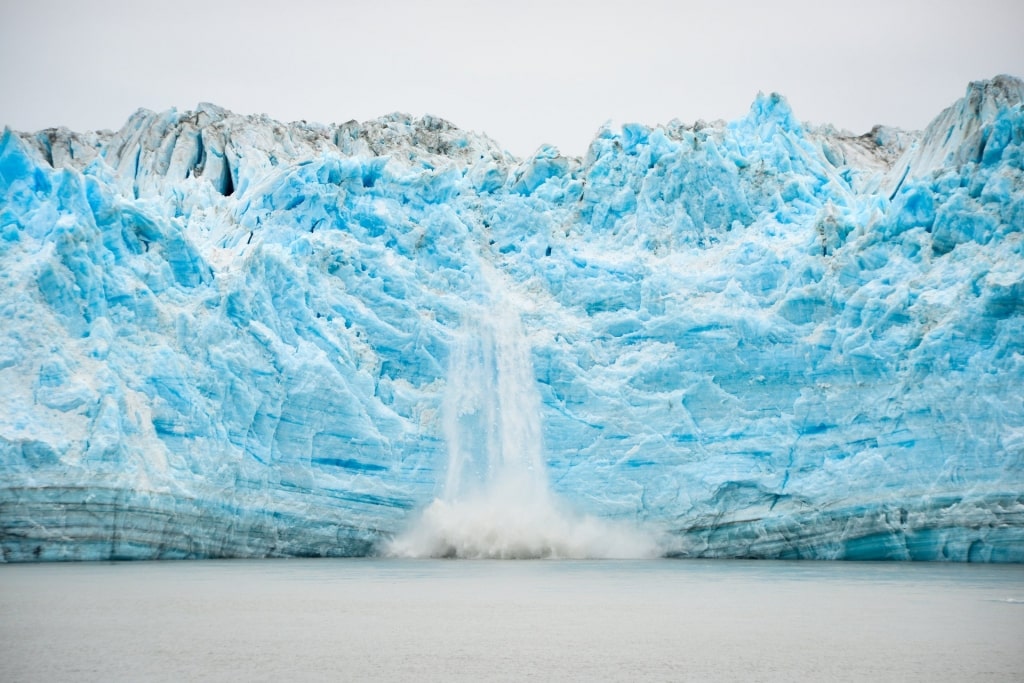
A Guide To The Best Glaciers In Alaska Celebrity Cruises
Iceberg - Arctic, Melting, Calving: Most Arctic icebergs originate from the fast-flowing glaciers that descend from the Greenland Ice Sheet. Many glaciers are funneled through gaps in the chain of coastal mountains. The irregularity of the bedrock and valley wall topography both slows and accelerates the progress of glaciers. These stresses cause crevasses to form, which are then incorporated.
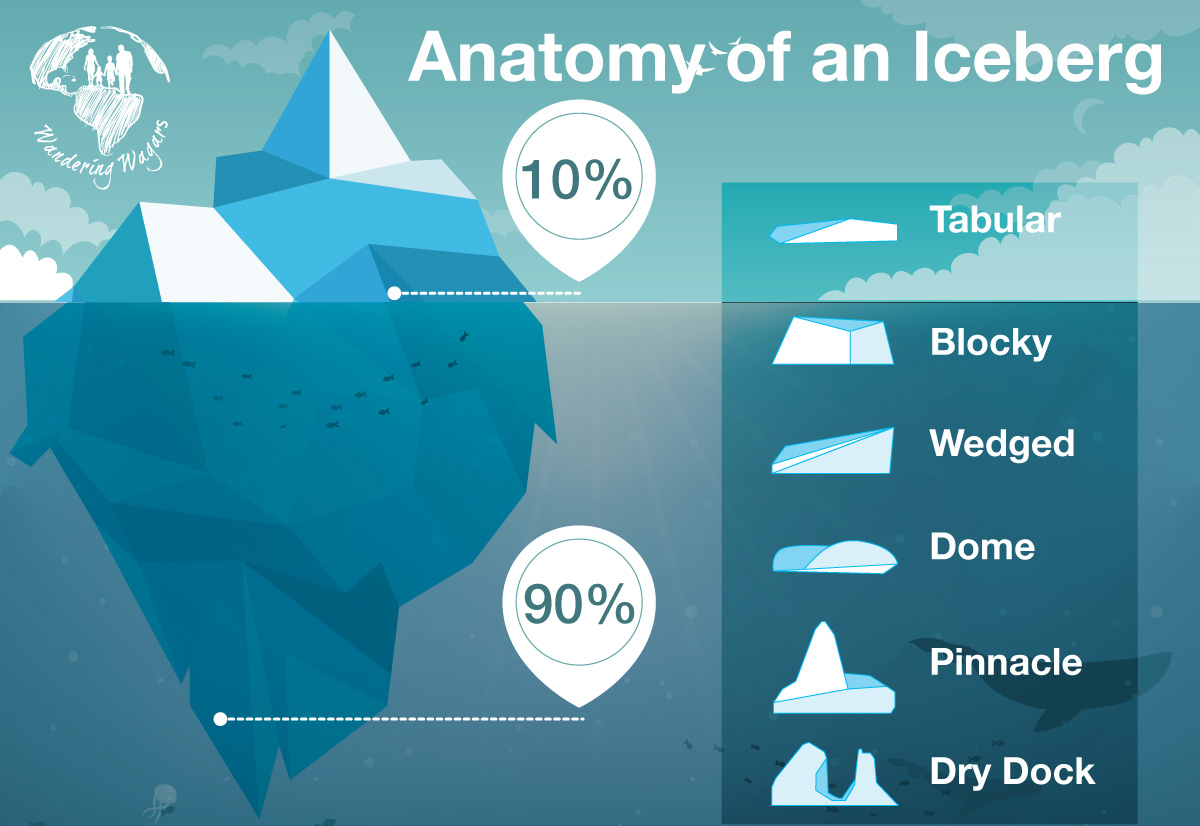
Spotting Icebergs in St. Anthony, Newfoundland Wandering Wagars
Great Northern Peninsula, Newfoundland and Labrador, Canada. Newfoundland is one of the world's top spots for seeing icebergs up close, and the Great Northern Peninsula, a remote area dotted with scenic villages, pretty much guarantees viewing. Many float just offshore from late spring through early summer when they eventually disappear into.
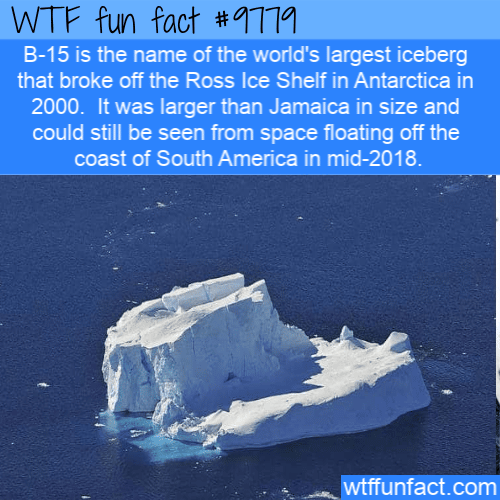
b 15 is the name of the worlds largest iceberg
The iceberg, dubbed A-76, measures around 4320 sq km in size - currently making it the largest berg in the world. Spotted in recent images captured by the Copernicus Sentinel-1 mission, the iceberg is around 170 km in length and 25 km wide, and is slightly larger than the Spanish island of Majorca. The enormity of the berg makes it the.

It's officially iceberg season in Newfoundland and the photos are breathtaking
Shutterstock Big icebergs, which are also called "ice mountains," are huge pieces of freshwater ice that are floating in open water. They have formed after breaking off continental ice shelves or glaciers.
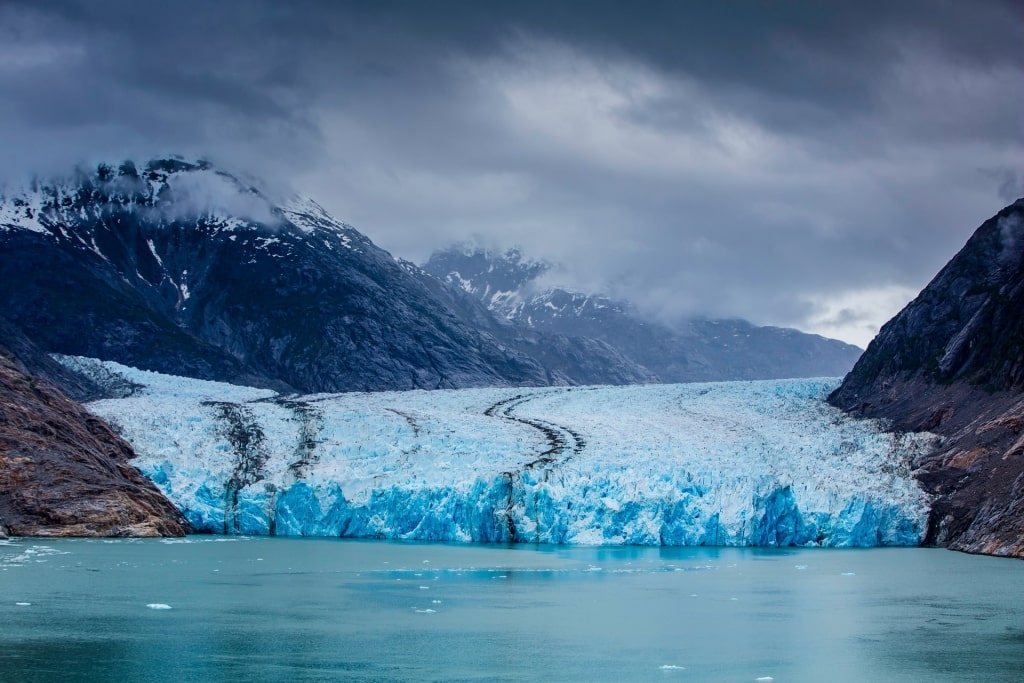
A Guide To The Best Glaciers In Alaska Celebrity Cruises
Captain David Boyd, Prime Berth Fort Amherst Deja Vu On occasion an iceberg will retrace the steps of one of its ancestors, surely a coincidence we know, but the similarities are unmistakable in size and location. Take for example the tale of two bergs grounded off Fort Amherst in St. John's, many years apart.

Icebergs Polar regions fact file, Antarctica and the Arctic
The largest iceberg reliably assessed using satellite imagery is B15, which calved from Antarctica's Ross Ice Shelf in March 2000 and, according to NASA, measured approximately 300 km long by 40 km wide (186 x 25 mi), with a surface area of 11,000 km2 (4,250 sq mi). Records change on a daily basis and are not immediately published online.